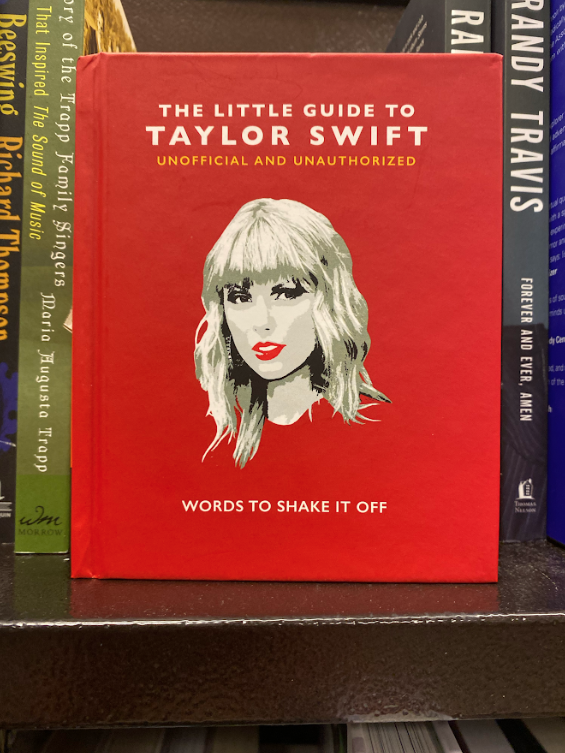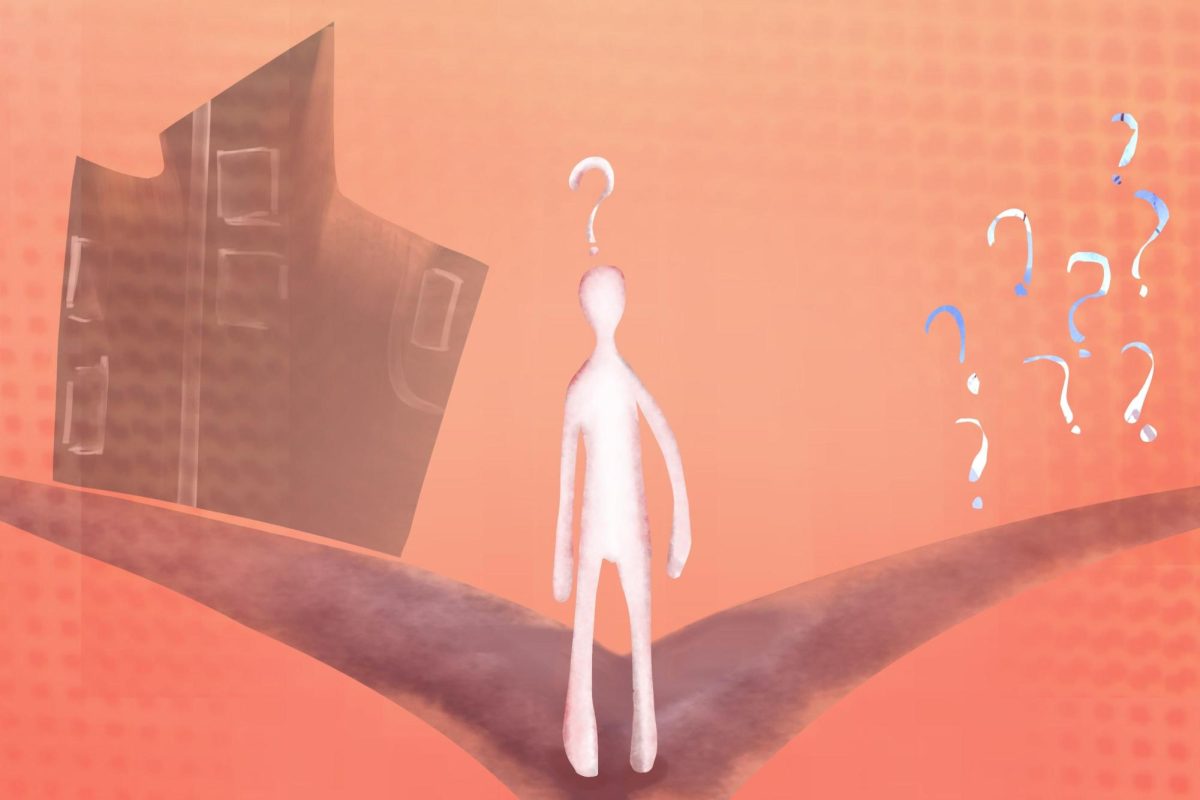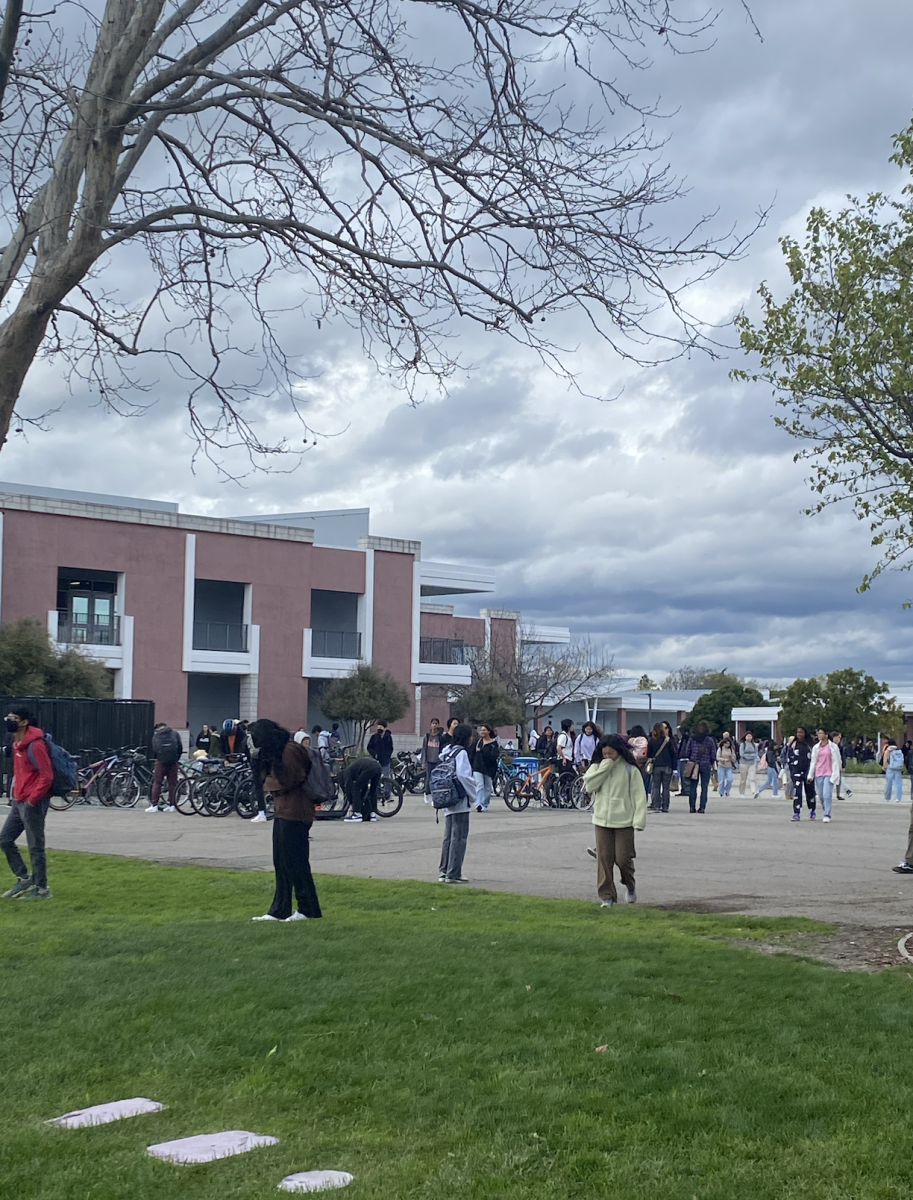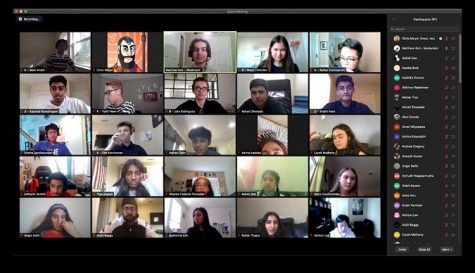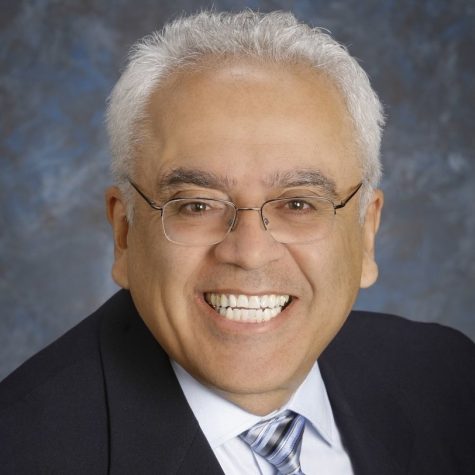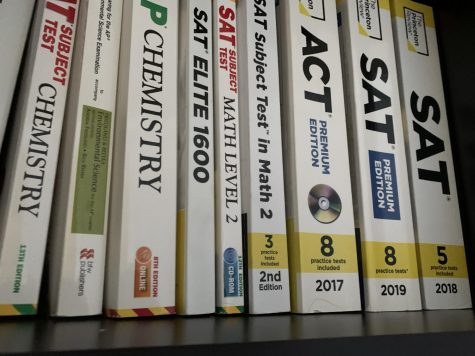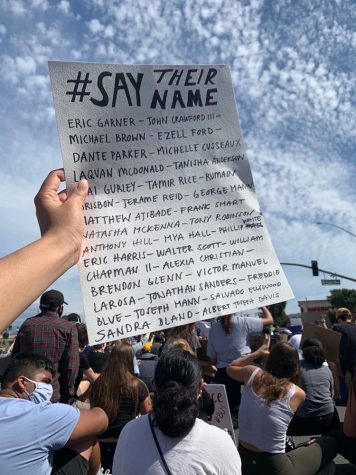Federer Chased History and Won
Despite being a 35 year old man, Swiss athlete Roger Federer played like he was a decade younger when he won the 2017 Wimbledon Tennis singles title against Croatian player Marin Čilić on July 16, 2017. He effortlessly won seven other trophies on the same London lawn. However this eighth singles title shouldn’t be marked off as just another instance when Federer dominated his competition. Rather, it should be viewed as an iconic moment in sports as Federer moved past American tennis legend Pete Sampras and late British tennis player William Renshaw to have the record for the most men’s titles in the history of the event. Although his main rivals ‒ Serbian player Novak Djokovic and British player Andy Murray ‒ were already eliminated from the tournament after injuries, his road to coming on top was shaky.
In the Round of 128 on the 4th of July, Federer faced off against Ukrainian player Alexandr Dolgopolov. About an hour into the game, an ankle injury forced Dolgopolov to retire after trailing 6-3, 3-0. With this, Federer earned his 85th win and set a new record for men’s single victories.
Next, Federer played against Serbian star Dušan Lajović in the Round of 64 on July 6th. Lajović proved to be no match for Federer. In 90 minutes, Federer breezed through the second round with the results of 7-6(0), 6-3, 6-2.
In the Round of 32 held on July 8th, Federer amazed the crowd after beating Mischa Zverev in the third round. Initially, due to the fact that Zverev had eliminated Andy Murray from the Australian Cup, Federer admitted that he was unsure of what he could expect. But by the second set, Federer proved that he had complete control of the game as he strolled to a 7-6(3) 6-4 6-4 win.
The next game seemed to be a test for Federer: he had to face against his mirror. Bulgarian player Grigor Dimitrov, once dubbed “Mini-Federer”, had the opportunity to face the real Federer on July 10th. This time, he came to clear up his 0-6 record against Federer and wanted a win. However, Federer showed why Dimitrov should only be dubbed “Mini-Federer” and should not be named the real thing as he dismantled Dimitrov, 6-4 6-2 6-4. For the 15th time, Roger Federer moved on to the quarter-finals and broke the record for the most Wimbledon quarter-finals appearances in the Open Era.
Revenge was floating around Federer’s mind when he arrived for his quarter finals match against Canadian player Milos Raonic. Raonic knocked Federer out of the semi-finals stage last year and was looking forward to doing it again on July 12th. But Federer’s two backhand winners and forehand proved to be too much for Raonic. Federer ended up on top with a 6-4, 6-2, 7-6(4) win.
To some, the next tennis match was seen as a regular game. But for many, the semi-finals held on the 14th of July was viewed as a fight. The next player to challenge Federer was Czech Tomáš Berdych . Berdych, notably, took down the top seeded Roger Federer in the quarterfinals in 2010. With his powerful physique, everyone was scared to face him ‒ but not Federer. During the match, Berdych held back against Federer and even extended the game past the two hour mark. After a wild 2 hours and 18 minutes, Federer defeated Berdych with a 7-6, 7-6, 6-4 victory.
Finally the important day came on July 16th. Playing in his 11th Wimbledon final, Federer came onto the court hungry for his 8th Wimbledon title. On the other hand, Croatian player Marin Čilić had his first Wimbledon appearance, meaning that he was inexperienced. After the second set, Čilić appeared to be injured on his left foot. However, Čilić played on despite the injury and didn’t even consider retiring as a valid option. With an iconic slam, Federer ultimately defeated the injured and emotional Čilić 6-3, 6-1, 6-4 to receive his eighth title. This victory adds to the argument on why Federer is the greatest tennis player of all time.
Your donation will support the student journalists of Dublin High School. Your contribution will allow us to purchase equipment and cover our annual website hosting costs.

Sumedh Vaidyanathan is a senior at Dublin High School and is currently the Sports Editor for the Dublin Shield. Some of his hobbies include playing basketball,...


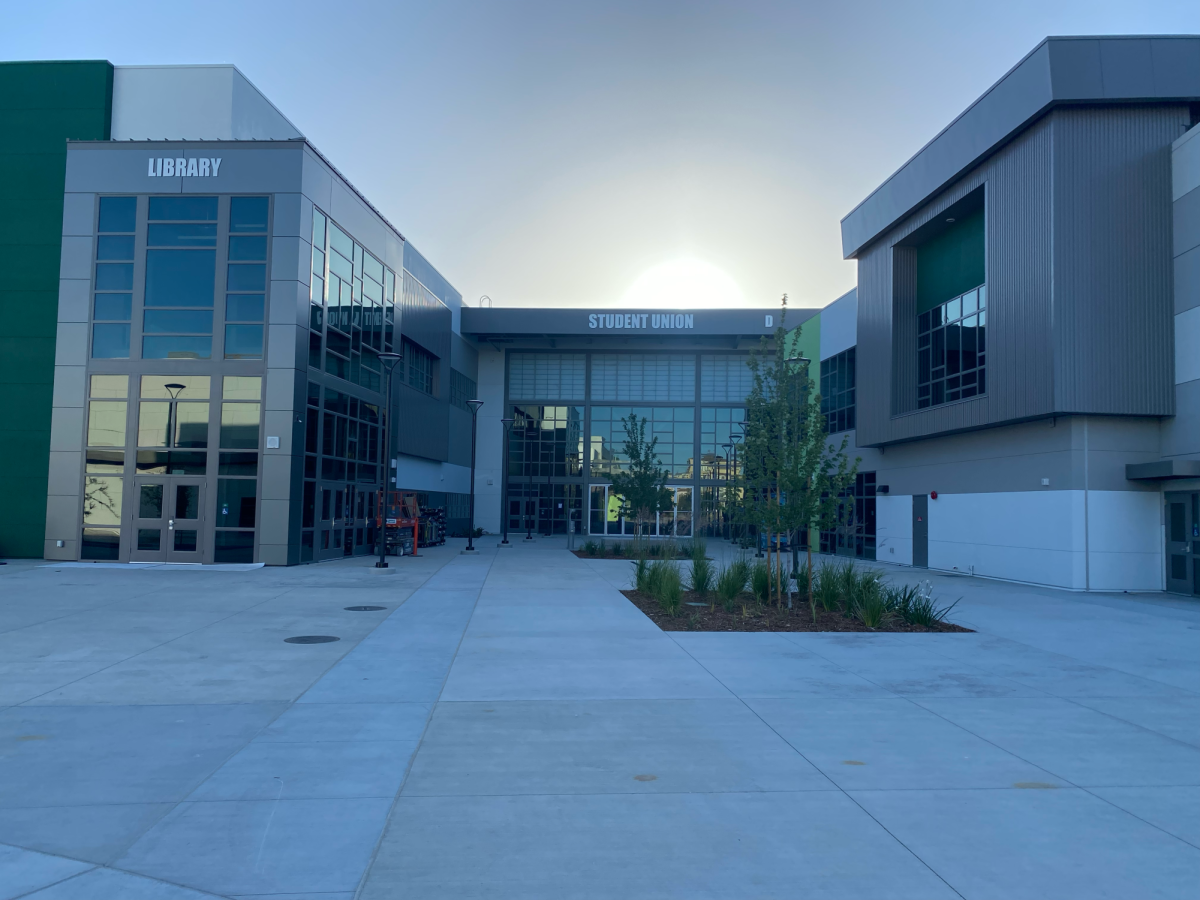
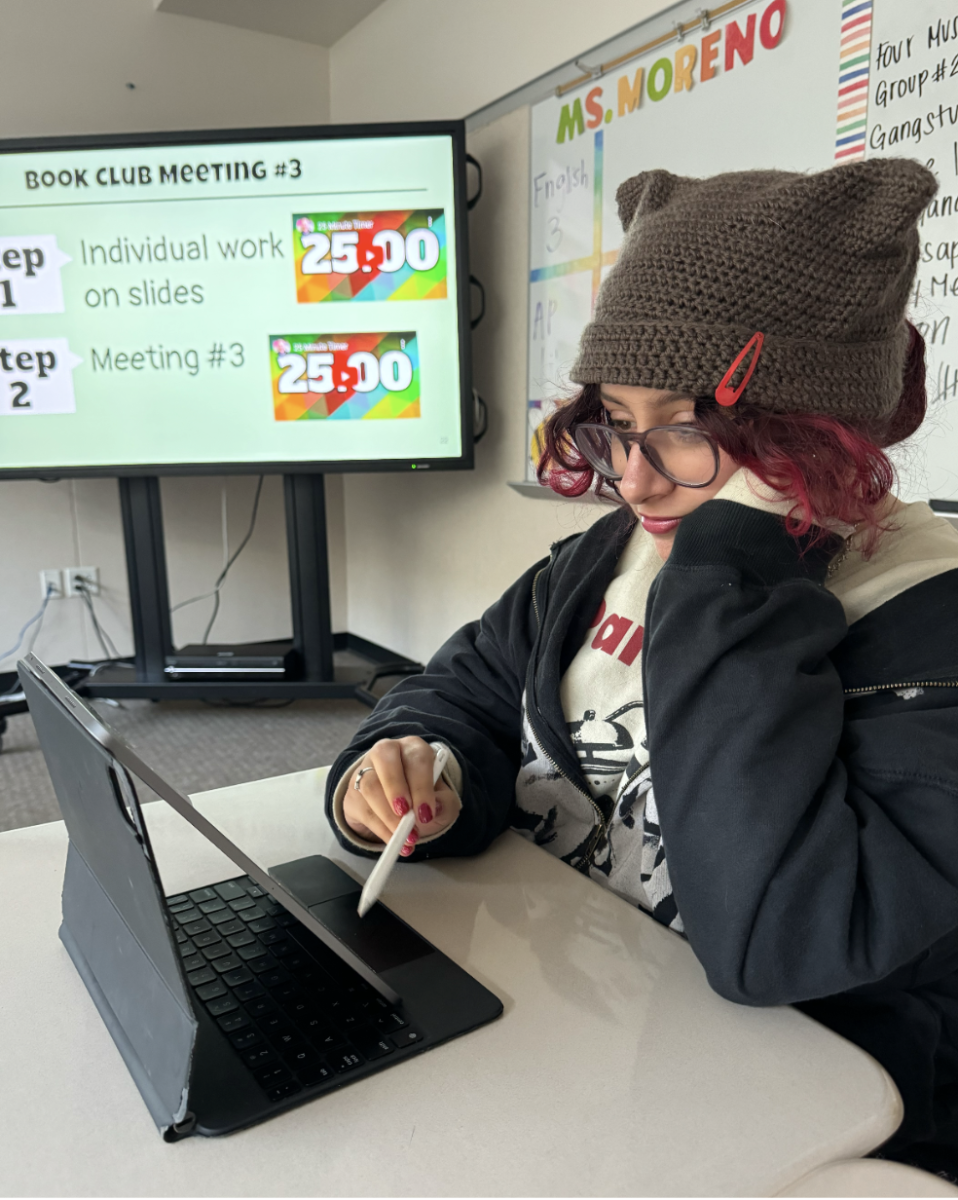

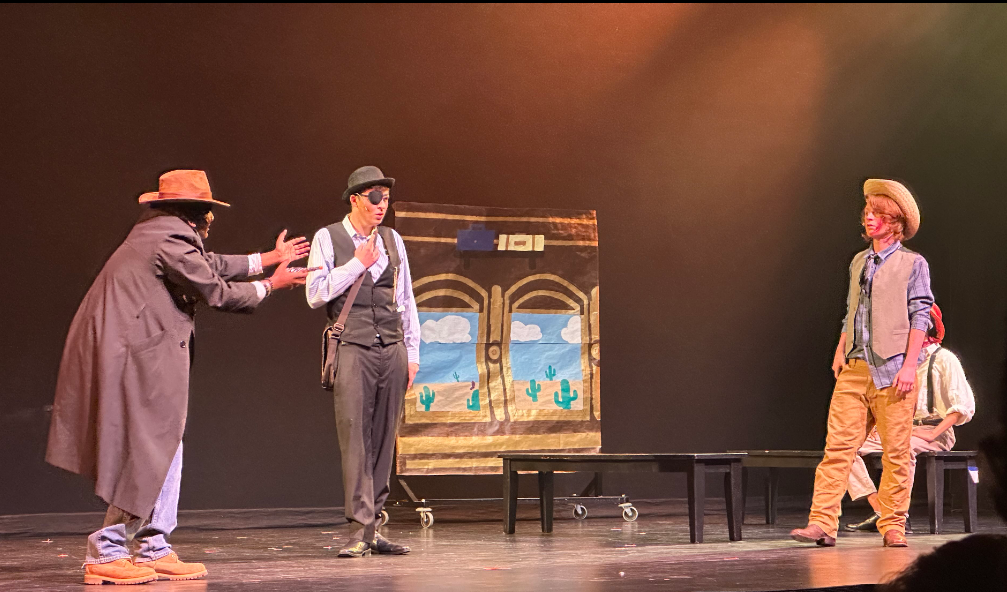
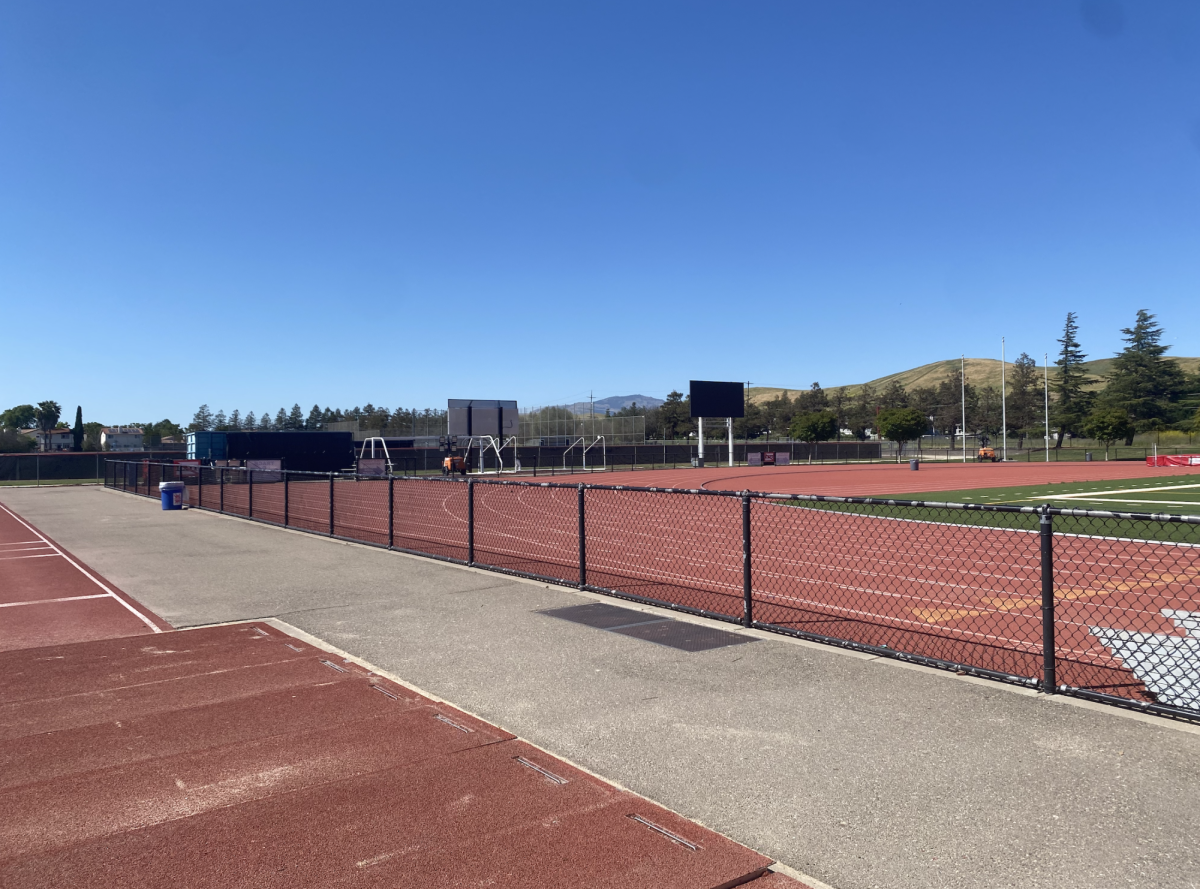
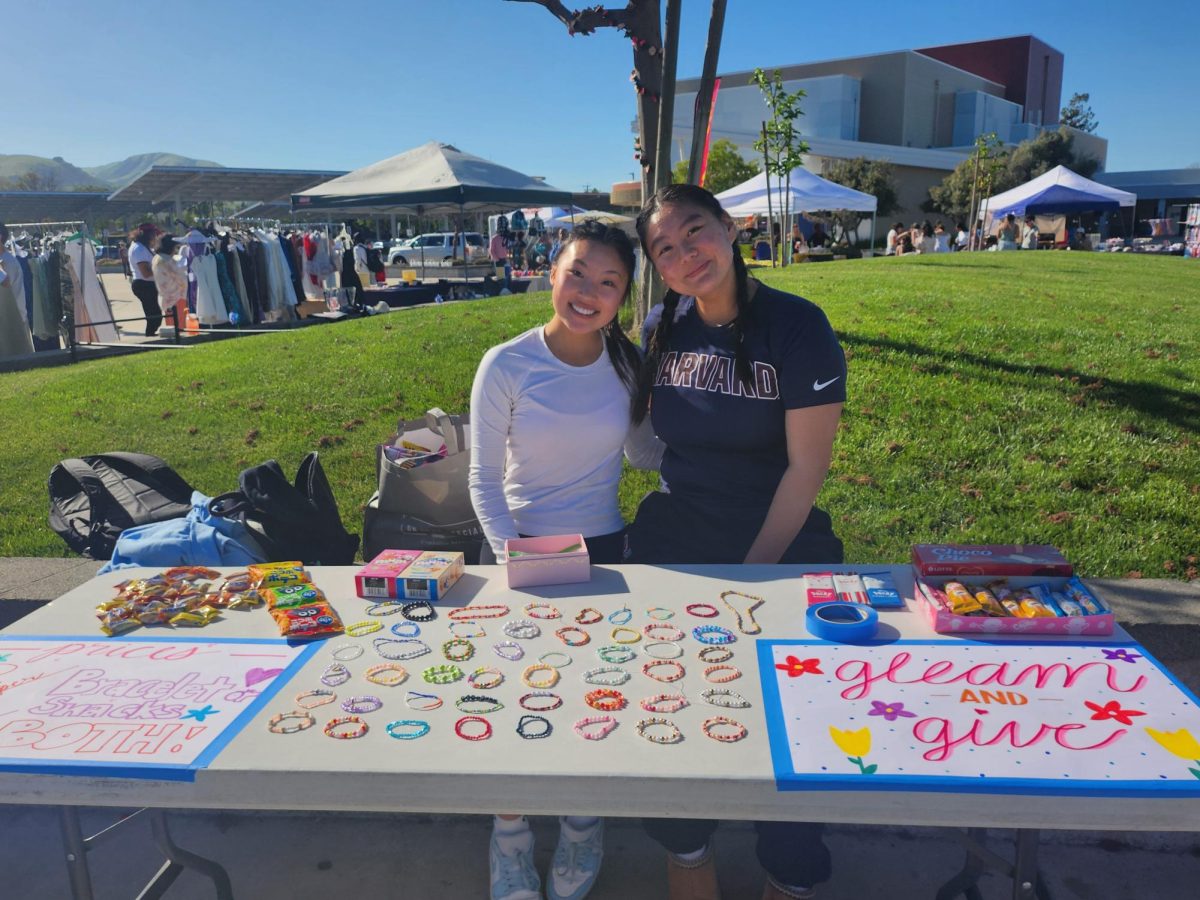

![[Book Review] Weapons of Math Destruction: The insidious danger of Big Data](https://thedublinshield.com/wp-content/uploads/2024/06/wmdsarticle-727x1200.jpg)
